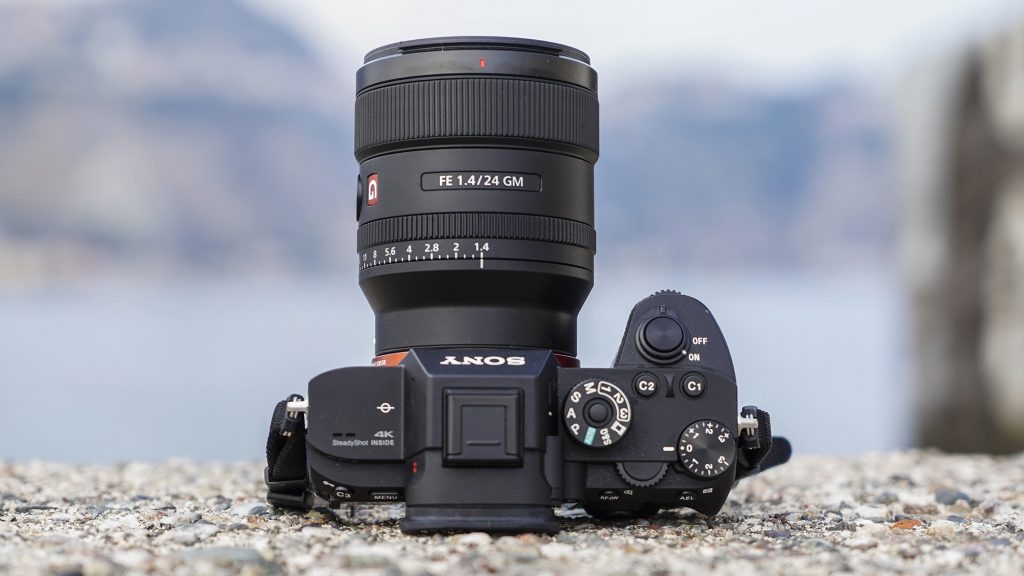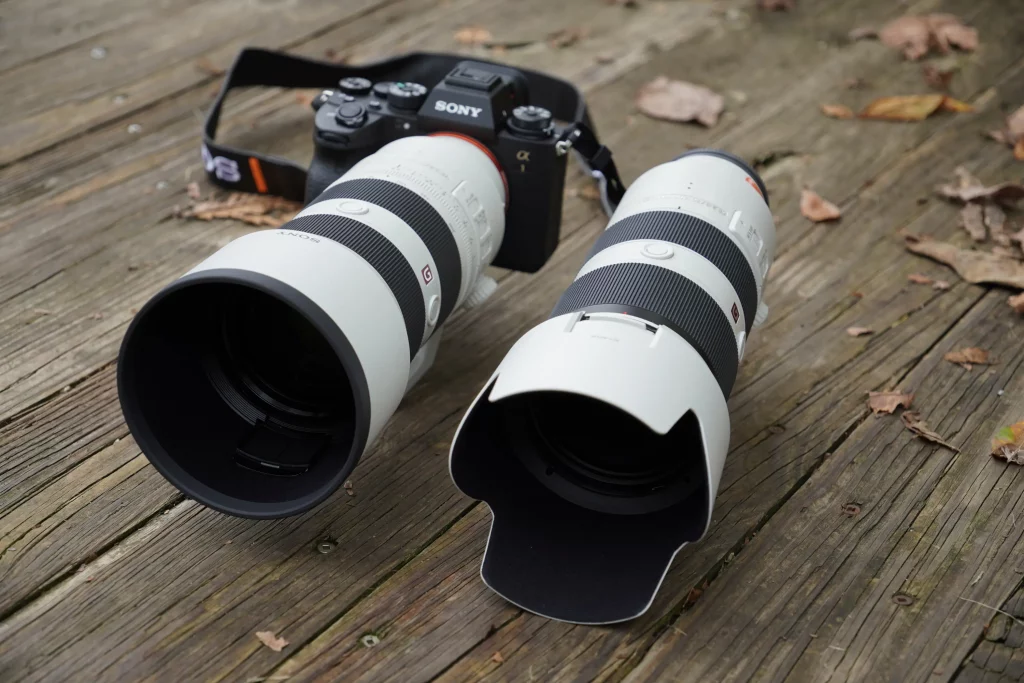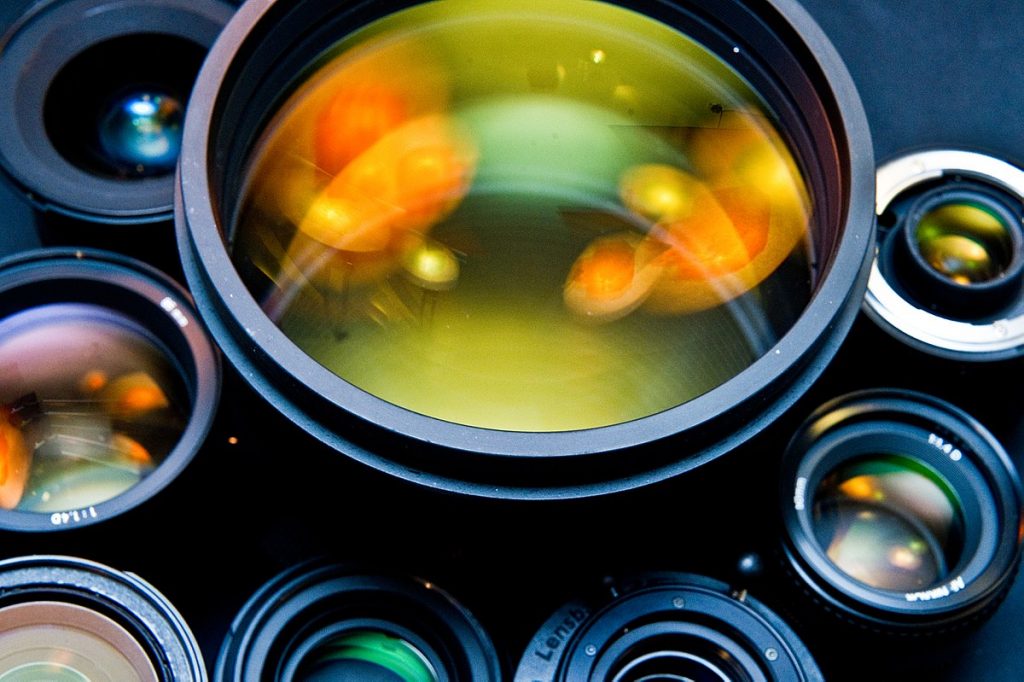Taking photos is an innate response to moments we want to remember and share. When we can’t trust our memory to recall the details surrounding a special event, or capture the perfect sunset, we rely on cameras to help us document the experience.

It’s no secret that the perfect shot can be achieved with the help of proper photo gear. But as much as a sturdy camera body is important, the heart of any great photo lies in the lens. Not only does the right lens allow you to get closer or further away from your subject, but it also has a profound effect on image quality.
What Kinds of Sony Camera Lenses Are There?
Different lenses serve different purposes. Some are better for candid shots while others excel in low-light settings. And then there are those that let you focus on macro details or wide landscapes. Let’s take a peek at the list of available Sony digital camera lenses to see which one is right for you.
Standard Lenses
Starting off with the basics, a standard Sony camera lens is the kit lens that comes bundled with your camera. It sits somewhere in the middle of the focal length spectrum and usually has a zoom ratio between 3x to 5x. This gives you a decent amount of zoom without making the lens too bulky.
These kinds of lenses are typically used for general photography, which is why they’re also called all-purpose lenses. You can use them for portraits, landscapes, and pretty much any other type of subject matter.
Zoom Lenses
If you’re looking to get a little closer to the action, then you’ll want to invest in a zoom lens. These lenses offer more telephoto power than your average standard lens, meaning that you can capture greater detail from a distance.
Zoom lenses come in two different types: optical and digital. Optical zoom is the type that’s built into the lens and it doesn’t reduce image quality. It’s the more expensive option of the two but it’s definitely worth the investment if you’re serious about photography.

Digital zoom, on the other hand, is a feature that’s found in most cameras. It uses image processing algorithms to magnify your photo, which does result in a lower-quality image. While it’s not ideal, it can be useful in a pinch if you need to get a closer look at something.
The focal length of zoom lenses can vary quite a bit, but they usually start at around 24mm and go all the way up to 300mm. The numbers are a direct indication of how much zoom power the lens has. For example, a 24-70mm lens will have less zoom than a 70-200mm lens.
Telephoto Lenses
Offering a more extreme form of zoom, telephoto lenses are ideal for sports or wildlife photography, as well as any other type of situation where you can’t get close to your subject. These lenses have a long focal length that typically starts at around 85mm and goes up to 300mm or even 600mm.
Due to their extreme zoom power, telephoto lenses tend to be quite large and heavy. They also have a narrow field of view, which means that you won’t be able to capture much in the frame aside from your main subject.
While these features may be appealing to the real pros, they also make telephoto lenses more difficult to use. They’re not the best choice for beginners, but if you’re up for the challenge they can help you take some truly amazing photos.
Wide-Angle Lenses
Speaking of a camera’s field of view, wide-angle lenses are the complete opposite of their telephoto counterparts. They come with a short focal length that’s typically below 35mm, which gives you the ability to fit more into the frame.
Wide-angle lenses are ideal for landscape photography or any other type of situation where you want to capture a large area. They’re also great for group shots since you can fit more people into a single shot.
One thing to keep in mind with wide-angle lenses is that they can cause distortion around the edges of the frame. This is called barrel distortion and it’s more noticeable the wider the lens is. It mainly happens as a result of the lens’s curved field of view.
While this effect can be somewhat off-putting, it can also be used to create interesting and unique photos. It’s all a matter of personal preference and finding the right balance for your needs.
Macro Lenses
Another type of lens that’s great for close-up photography is the macro lens. Their design allows them to focus on objects that are just a few centimetres away from the camera, which makes them ideal for taking detailed close-ups.
Macro lenses usually have a focal length of around 50mm or 100mm, although there are some models that go even wider. They’re not as widely used as the other types of Sony digital camera lenses mainly because their niche is quite limited.
But even so, they can be a lot of fun to use and they can help you get some really incredible shots. The level of detail on a macro lens is truly impressive and it’s definitely worth checking out if you’re interested in close-up photography.
Additional Considerations
Apart from the make and model of your camera lens, there are a few other factors that you need to take into account when choosing the right one for your needs. These include image stabilisation, colour refraction, and aperture.
Image Stabilisation
This is a feature that’s becoming increasingly common in digital cameras and lenses. It helps counteract the effects of camera shake, which can be a big problem when you’re using long focal lengths or low shutter speeds.
With image stabilisation, you’ll be able to take sharper and clearer photos, even in challenging conditions. It’s definitely a feature worth looking for, especially if you often find yourself photographing in low-light situations.
Colour Refraction

This happens when light waves bend as they pass through the lens. It’s a natural phenomenon that can cause some colours to appear different than they actually are.
For example, blue light waves bend more than red light waves. This means that blue objects will appear slightly shifted or distorted when viewed through a lens.
Aperture
The aperture is the opening in the lens that allows light to pass through and reach the camera sensor. It’s measured in f-stops and the larger the opening, the lower the f-stop number will be.
The aperture also plays a role in how much of your photo is in focus. A large aperture will result in a shallow depth of field, which means that only a small area will be in focus. This can be great for creating artistic shots with a blurry background.
On the flip side, a small aperture will give you a large depth of field, which means that more of the photo will be in focus. This is ideal for situations where you need everything to be sharp and clear, such as landscape photography.
























